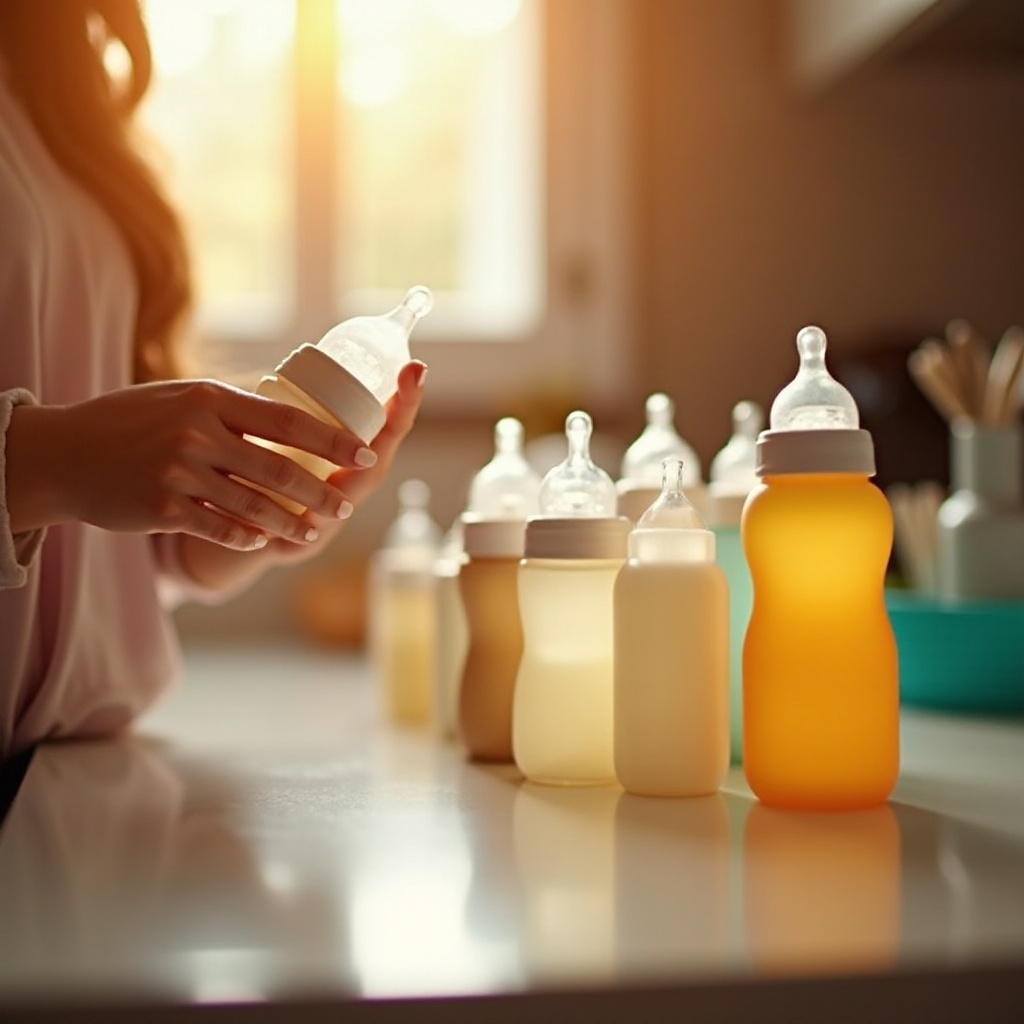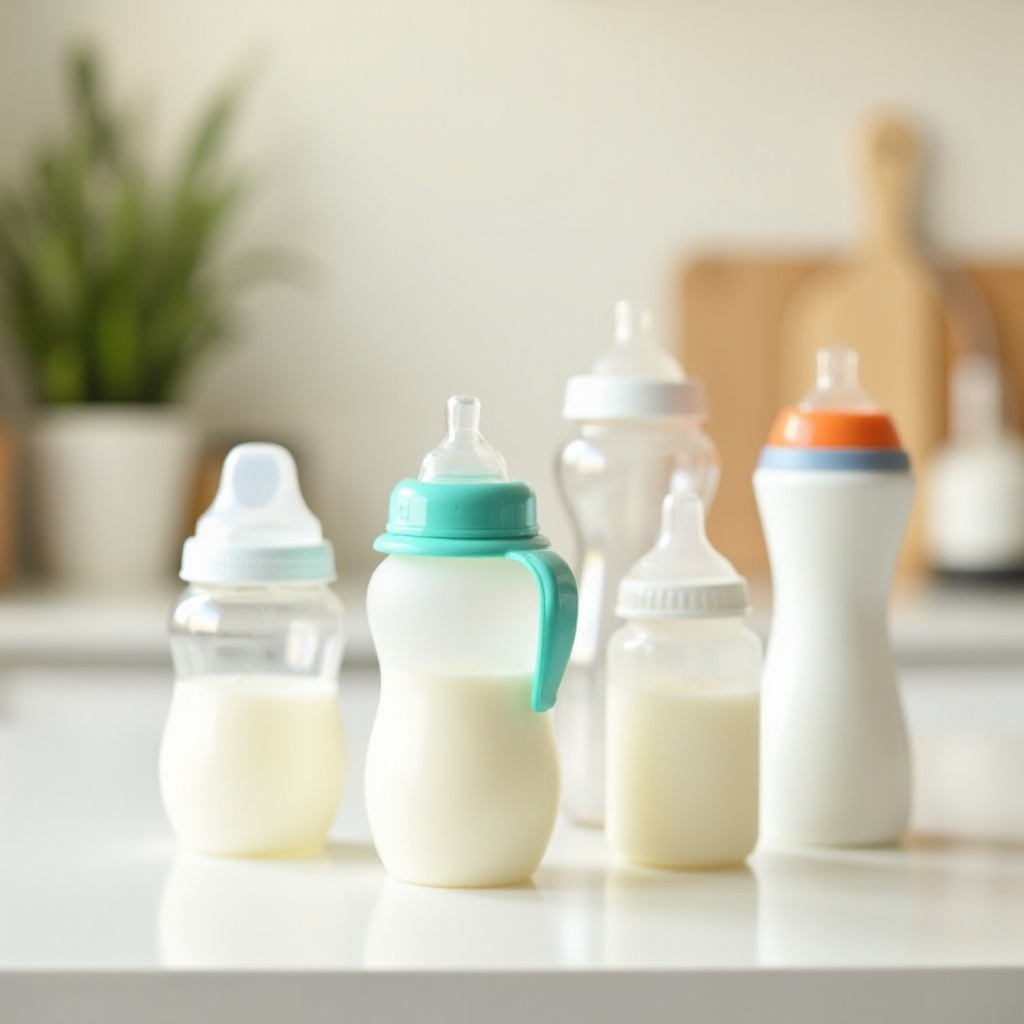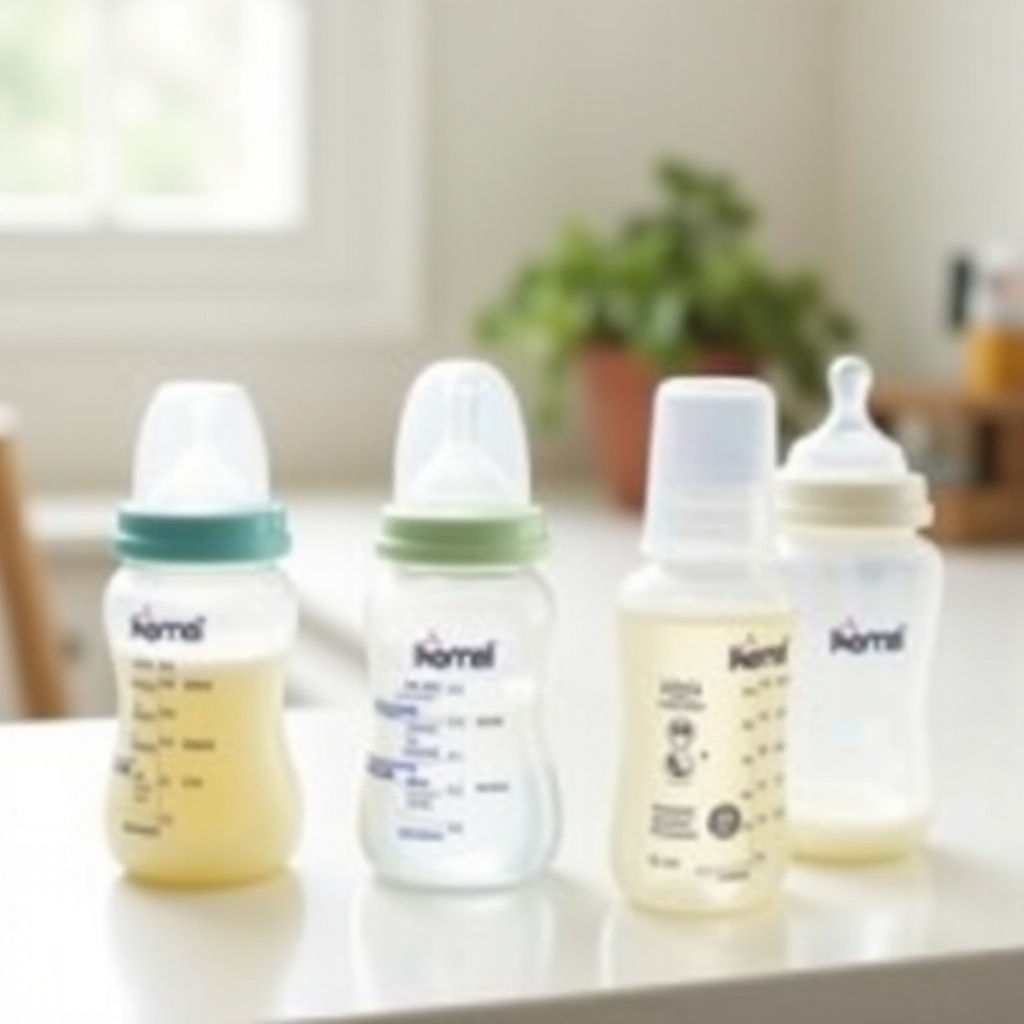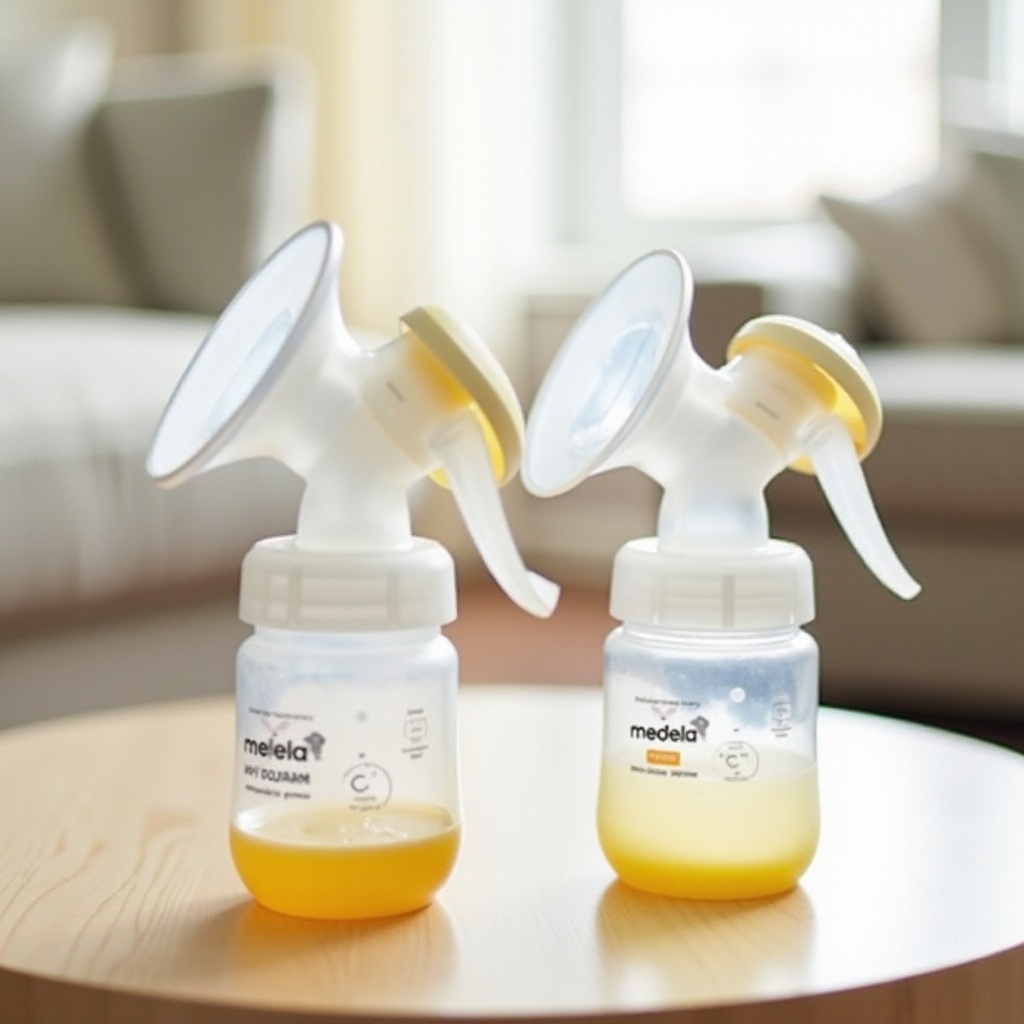Choosing the Right Milk Bottle for Your 16-Month-Old
Introduction
Selecting the right milk bottle for your 16-month-old can be a crucial decision. At this age, toddlers are transitioning from infancy, and having the optimal bottle can aid their development and feeding habits. With numerous options available, it’s essential to consider your child’s specific needs while ensuring the milk bottle is both practical and safe.

Understanding Your 16-Month-Old’s Feeding Needs
By 16 months, children have typically moved beyond exclusive breastfeeding or formula feeding, introducing whole milk and other nutritious food items into their diets. However, many still rely on milk bottles for comfort and nutrition. It’s vital to recognize that a good milk bottle supports not just your child’s dietary needs but also their developmental milestones such as grasping and chewing.
It’s important to understand that each child has unique preferences, making it essential to observe your toddler’s reactions to certain bottles. Some toddlers may prefer soft silicone nipples, while others might gravitate towards harder spouts. Additionally, understanding the role of milk in their diet—which aids in providing calcium, vitamins, and essential fats—is crucial as it impacts their growth and health.
Types of Milk Bottles Suitable for a 16-Month-Old
When choosing a milk bottle, you will encounter several types designed to cater to different needs and preferences. These include:
-
Standard Bottles:
Traditional, straightforward design with a bottle and nipple. Ideal for no-fuss feedings, easy to clean and maintain. -
Transition Bottles:
These come equipped with handles and sometimes a soft spout to help toddlers learn to hold and drink from a bottle, aiding the transition to sippy cups. -
Sippy Cups:
Featuring a built-in valve to prevent spills, sippy cups encourage toddlers to drink independently while still providing the comfort of a bottle. -
Glass Bottles:
A more durable and eco-friendly option, though heavier, these are non-toxic and free from chemicals found in some plastics. -
Silicone Bottles:
Lightweight, durable and safe, silicone bottles are flexible and resistant to shattering, perfect for toddlers learning to grip properly.
Choosing the right type depends on your child’s comfort, ease of use, and your cleaning and maintenance preferences.

Key Features to Look For in a Milk Bottle
When you’re in the market for a milk bottle, considering specific features can enhance your toddler’s feeding experience:
-
Material Quality:
Ensure the bottles are BPA-free to avoid any potential health risks. Opt for high-quality plastic, glass, or silicone, depending on your preferences. -
Nipple Design:
Look for orthodontic nipples that support oral development. Additionally, check if they are anti-colic to reduce the risk of digestive discomfort. -
Ease of Cleaning:
Bottles with fewer parts or wide necks are easier to clean and ensure thorough sanitization, which is critical for your child’s health. -
Leak-Proof:
A spill-proof design reduces mess and waste, maintaining a clean environment for mobile toddlers. -
Ergonomic Design:
Handles and comfortable grips can help your 16-month-old transition to independent drinking.
These features contribute to a hassle-free feeding experience while supporting your toddler’s growth.
Top 5 Milk Bottles for 16-Month-Olds
Finding the perfect milk bottle requires understanding what is available in the market. Here are our top 5 recommendations:
-
Philips Avent Anti-Colic Bottle:
A classic favorite, known for its anti-colic valve reducing discomfort, wide neck for easy cleaning, and compatibility with other Avent products. -
Dr. Brown’s Wide-Neck Bottle:
Features a unique vent system to preserve nutrients and reduce colic, spit-up, and burping, enhancing your baby’s comfort. -
Munchkin LATCH Transition Cup:
Designed with easy-to-hold handles and a flexible spout for toddlers making the transition from bottle to cup. -
NUK Learner Cup:
Equipped with spill-proof spout and easy grip handles, perfect for encouraging independent feeding. -
Comotomo Natural Feel Baby Bottle:
Made from soft silicone, mimics breastfeeding, is easy to clean, and resistant to heat, making it both practical and safe.
These bottles offer a blend of comfort, practicality, and development support, making them excellent choices for your toddler.

How to Transition from Bottle to Cup
Transitioning from the bottle to a cup is a significant milestone and can be managed smoothly with patience and the right strategies:
-
Introduce Gradually:
Start by offering a sippy cup with water or milk during meals to familiarize your toddler with the new feeding tool. -
Use Fun Designs:
Cups with engaging and colorful designs can make toddlers more interested in using them. -
Minimize Distractions:
Ensure a quiet environment during this transition to maintain your child’s focus on learning.
Consistency is key—gradually increase the frequency of cup use while decreasing bottle feedings.
Conclusion
Selecting the right milk bottle for your 16-month-old involves understanding their needs, knowing what types and features are best, and recognizing trusted brands. By taking the time to choose wisely, you can ensure a smooth transition from bottle to cup, supporting your child’s growth and independence. The journey of feeding, transition, and ultimately independence can be delightful with the right choices and patience.
Frequently Asked Questions
What type of milk is best for my 16-month-old?
Whole milk is generally recommended for children under 2 years to support brain development and provide essential fats. Consult with your pediatrician for personalized advice.
How often should I replace my child’s milk bottle?
Replace bottles every 3-6 months or sooner if there are signs of wear and tear, particularly on the nipples, to maintain hygiene and functionality.
Can I use the microwave to warm my baby’s milk?
It’s best to avoid microwaving milk as it can create hot spots and destroy some of the milk’s nutrients. Use a bottle warmer or warm water bath instead.

